From gentle moisturizers to targeted peel pads.

14 Derm-Approved Products for Keeping Keratosis Pilaris in Check
Ask any dermatologist—or anyone with keratosis pilaris, for that matter—and they'll tell you one of the biggest misconceptions about the best keratosis pilaris treatments is that they're a cure-all for “chicken skin” or “strawberry skin.” Fact is, there's no magic pill or fairy godmother (at least not yet) that can entirely eliminate the small white or red bumps that crowd the arms, legs, and butt cheeks of people with KP. But the good news? The symptoms can be managed.
Ahead, we talked to pros to learn more about the skin condition—and the products and ingredients you can use to build an effective regimen that deals with the dryness and pesky bumps. Read on for their expert advice.
What is keratosis pilaris?
“Keratosis pilaris is a harmless skin condition that develops when your skin produces too much keratin,” board-certified dermatologist Dennis Gross, M.D., tells Glamour. What happens is that the hair follicles on your body—especially around backs of the arms, thighs, buttocks, and even face—get plugged up with too much keratin or protein, and turn into small, hard bumps. These bumps are usually white or red in appearance, and don’t hurt or itch. They look like tiny pimples, and Dr. Dross says it's easy to mistake them for body acne.
As a skin condition, keratosis pilaris is chronic, genetic—it's most often seen in those who have a family history of eczema, allergies, or asthma—and surprisingly common, affecting about 80% of teens and 40% of adults.
How do you get rid of keratosis pilaris?
Unfortunately, there's no such thing as “getting rid” of keratosis pilaris. (Cue the wistful sigh.) Because KP and dry skin are inextricably linked, it's a matter of creating a daily regimen that combines gentle exfoliation with moisturizing to keep the KP continuously under control. It gets better with age for some, but because of the overproduction of keratin, board-certified dermatologist Sejal Shah, M.D., tells Glamour that ingredients that remove dead skin cells, like AHAs, BHAs, and urea, as well as ingredients that prevent plugged hair follicles, such as retinoids, are most helpful for keeping clogged pores in check.
As tempting as picking and popping the bumps may be, try not to. They'll 100% come back (again, it's a chronic skin condition) and the wounds can lead to scarring and hyperpigmentation, which is ultimately even more difficult to treat, Dr. Gross says.
Best Keratosis Pilaris Treatments: Exfoliating Lotions
“Moisturizing is important, as dry skin can worsen KP and make the bumps more noticeable,” Dr. Shah explains, which is why gentle exfoliating topicals with active ingredients are great to add to your daily KP maintenance routine. Often packed with AHAs like glycolic acid and lactic acid and BHAs like salicylic acid, the ingredients in these lotions provide necessary hydration while delivering a deeper form of exfoliation to help dissolve the keratin buildup. But it can't be stressed enough: “While using these creams regularly may improve the appearance of KP, the condition will likely resurface if you stop using them,” Dr. Shah says.
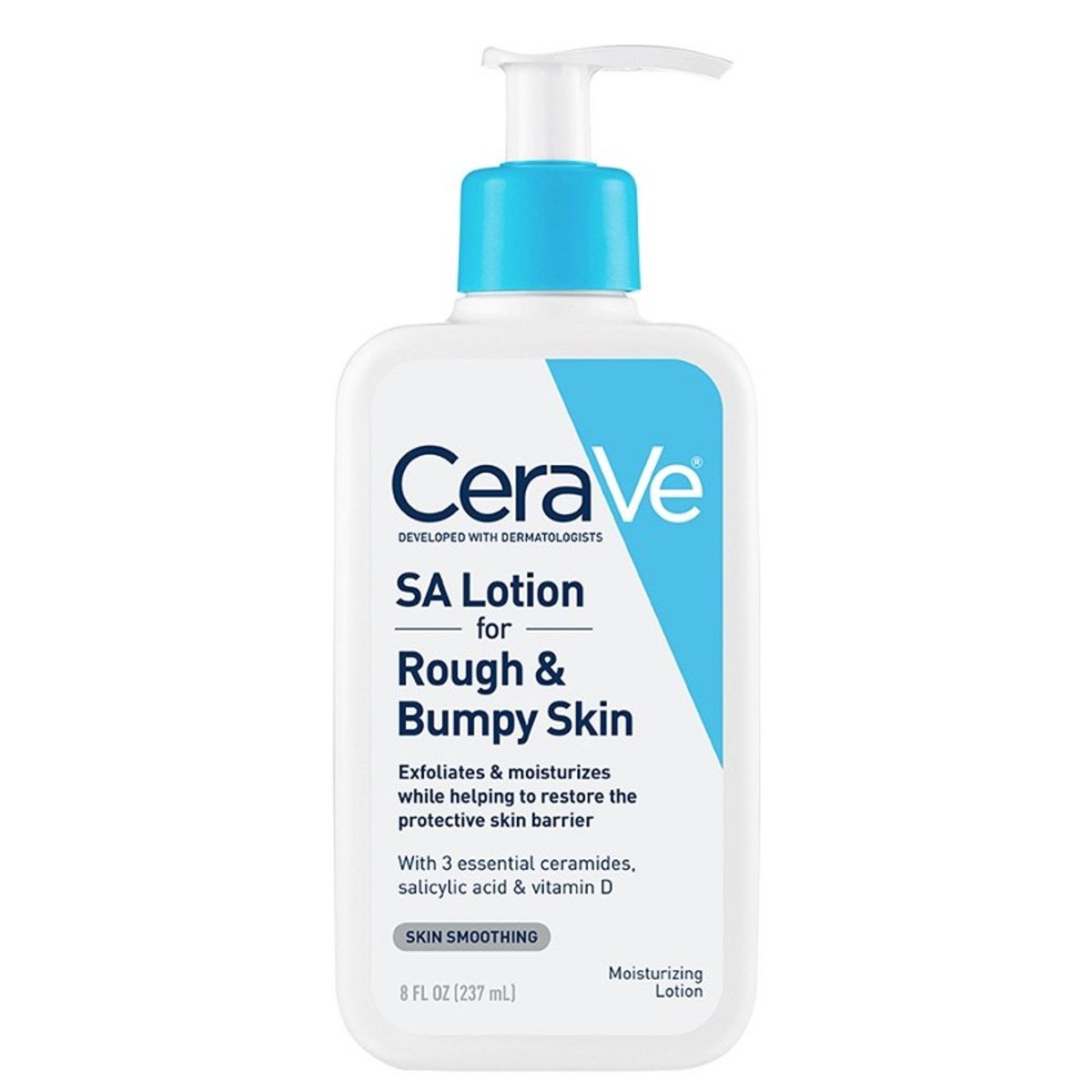
CeraVe SA Lotion for Rough & Bumpy Skin
$19Ulta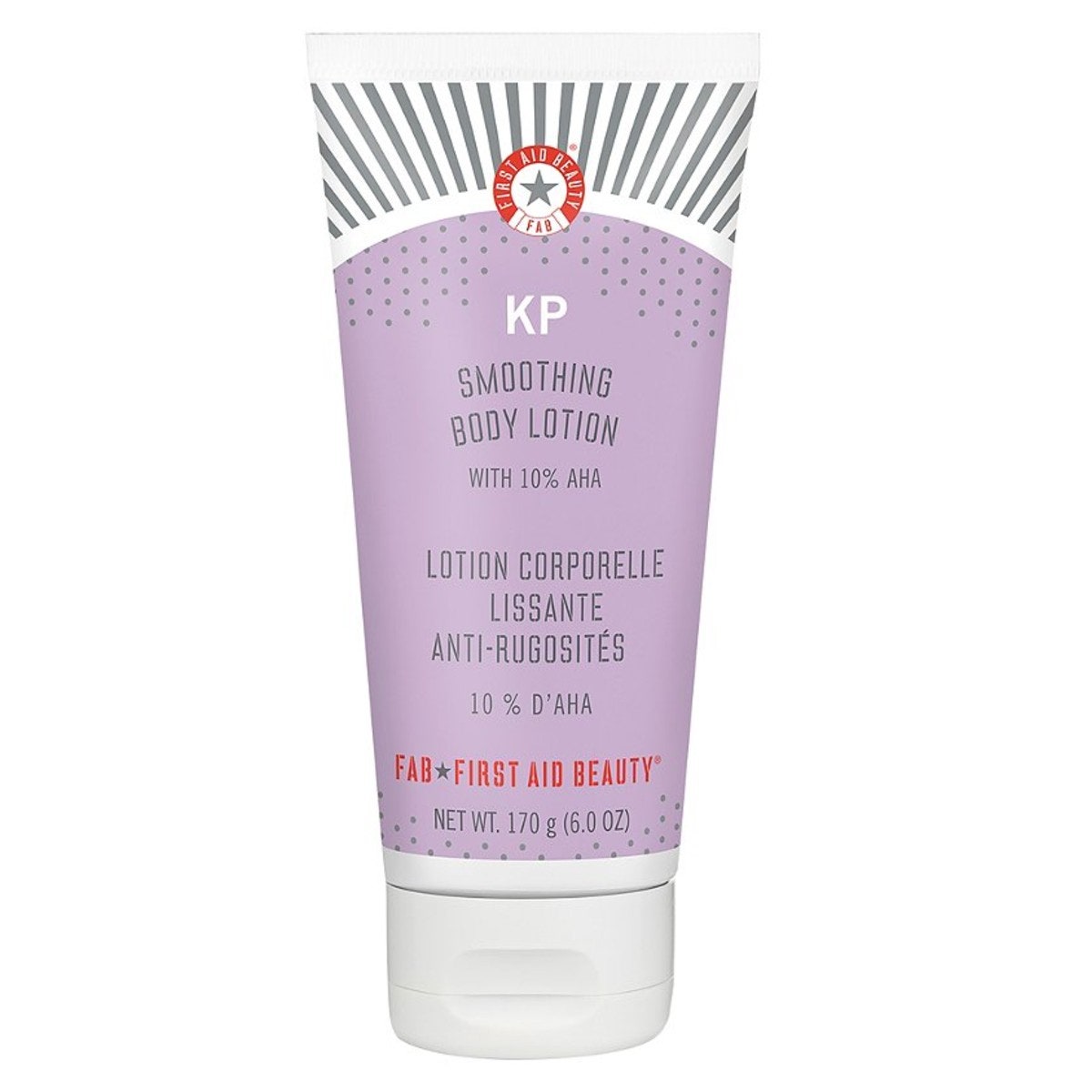
First Aid Beauty KP Smoothing Body Lotion with 10% AHA
$26Ulta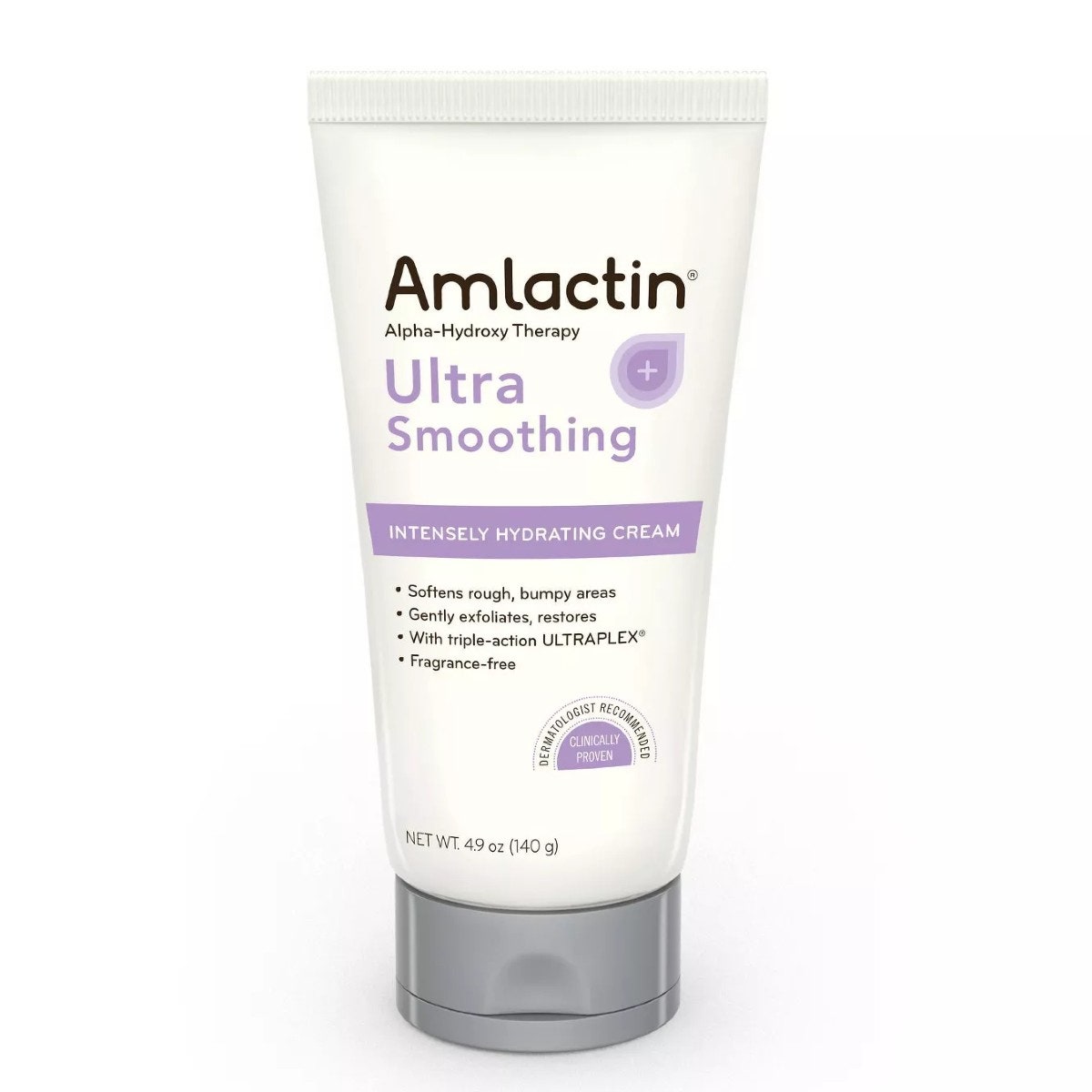
AmLactin Ultra Smoothing Intensely Hydrating Cream
$9Target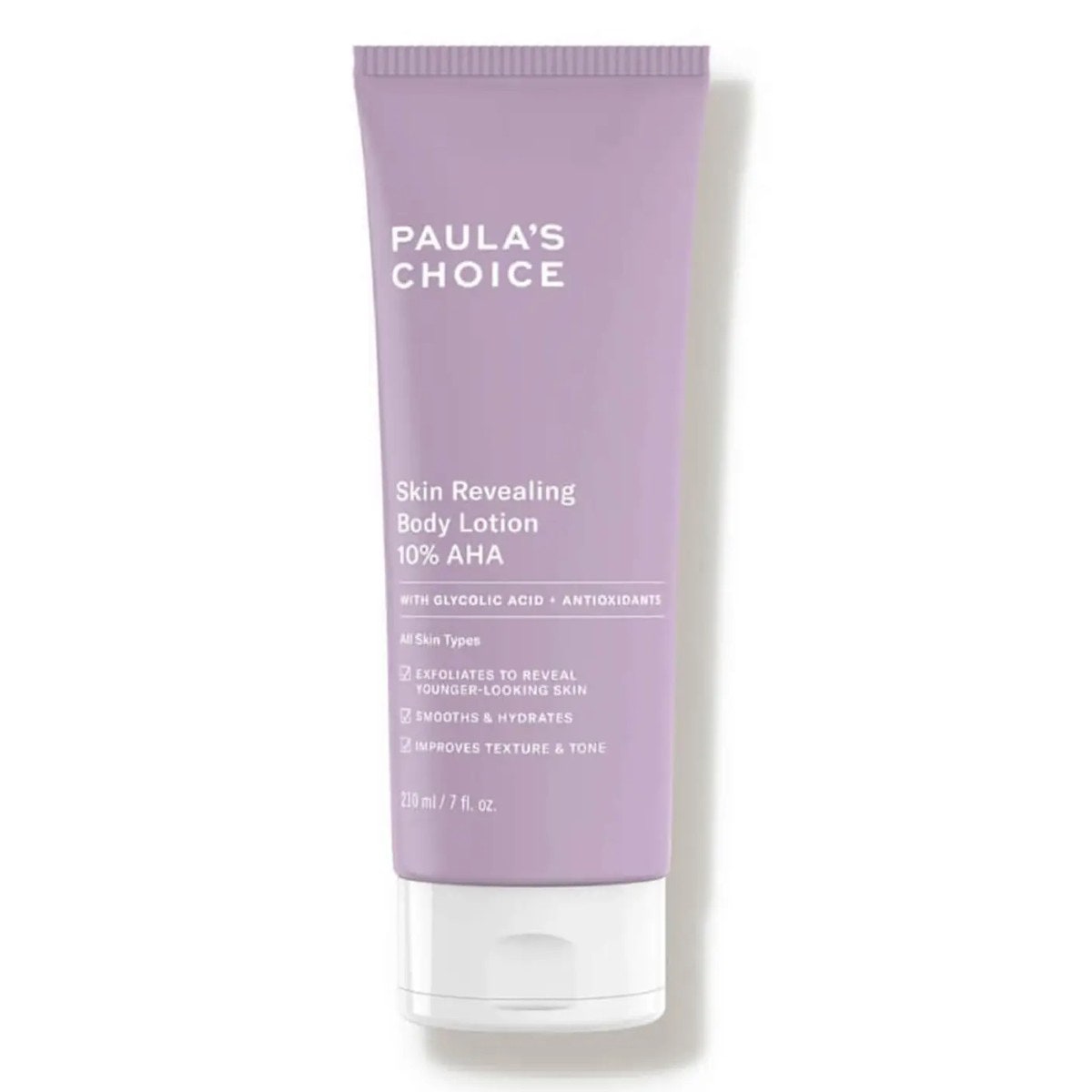
Paula's Choice Resist Skin Revealing Body Lotion 10 AHA
$28DermstoreBest Keratosis Pilaris Treatments: Peel Pads & Gentle Scrubs
For stronger treatments to use a few times a week, consider chemical exfoliants like peel pads or physical ones like gentle scrubs. Peel pads, in particular, tend to be formulated with higher concentrations of AHAs and BHAs, making them more potent than standard exfoliating lotions. They're great if you want next-day results, though keep in mind that less is more. Chemical treatments can be super drying on skin—and you'll want to follow up with an oil-free cream afterward to keep up your daily regimen of exfoliating and moisturizing.
As far as the occasional scrub down in the shower goes, it can be done as long you scrub gently and again follow up with a moisturizer afterward. Generally speaking, it's best to steer clear from abrasive physical exfoliants—think rough loofahs and prickly dry brushes—and stick with chemical exfoliants instead for targeted treatments. Otherwise, you risk “uneven exfoliation” by over scrubbing, for instance, your left arm or right leg and “creating microtears in the top layers of skin, which can lead to more irritation,” Dr. Gross says.
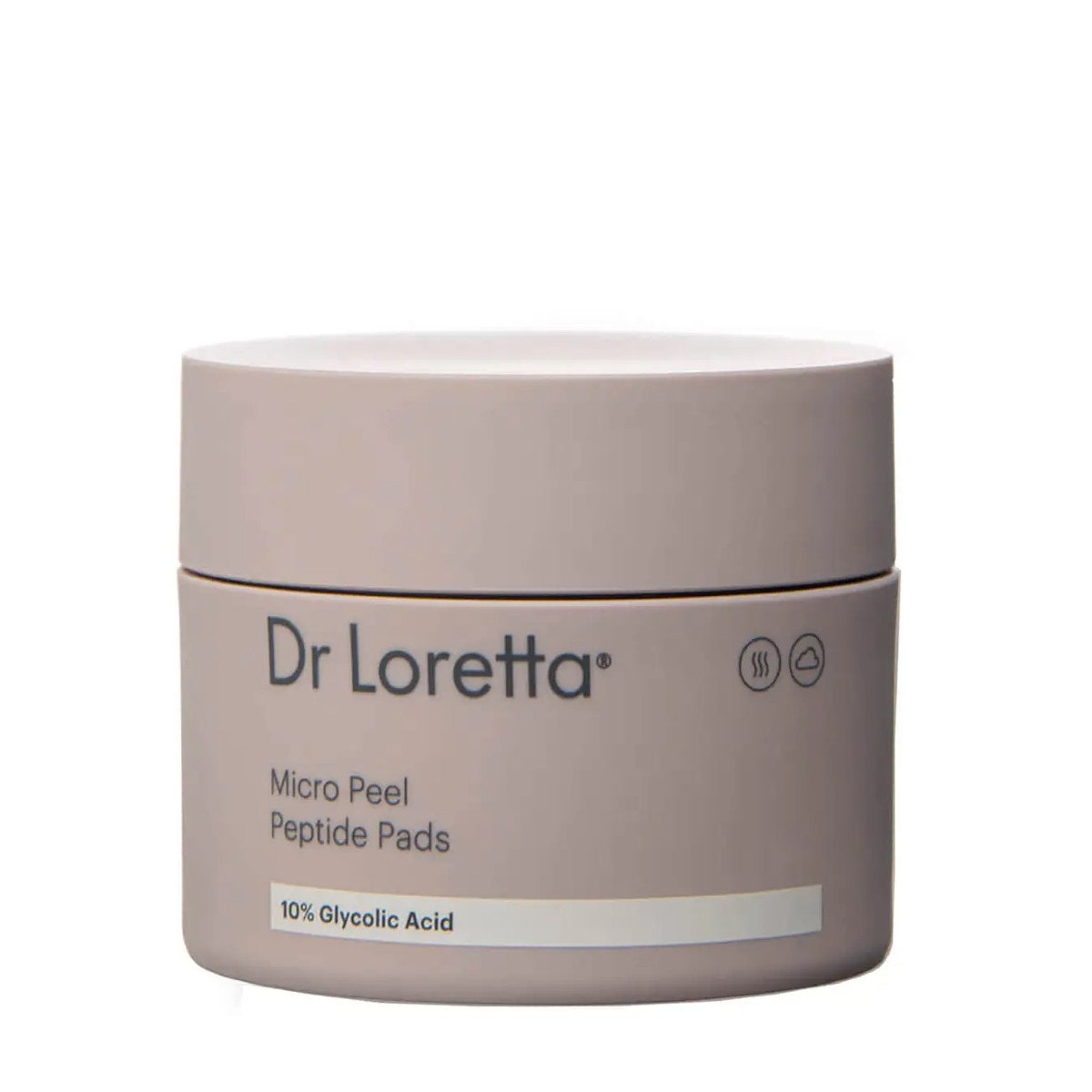
Dr. Loretta Micro Peel Peptide Pads
$60Dermstore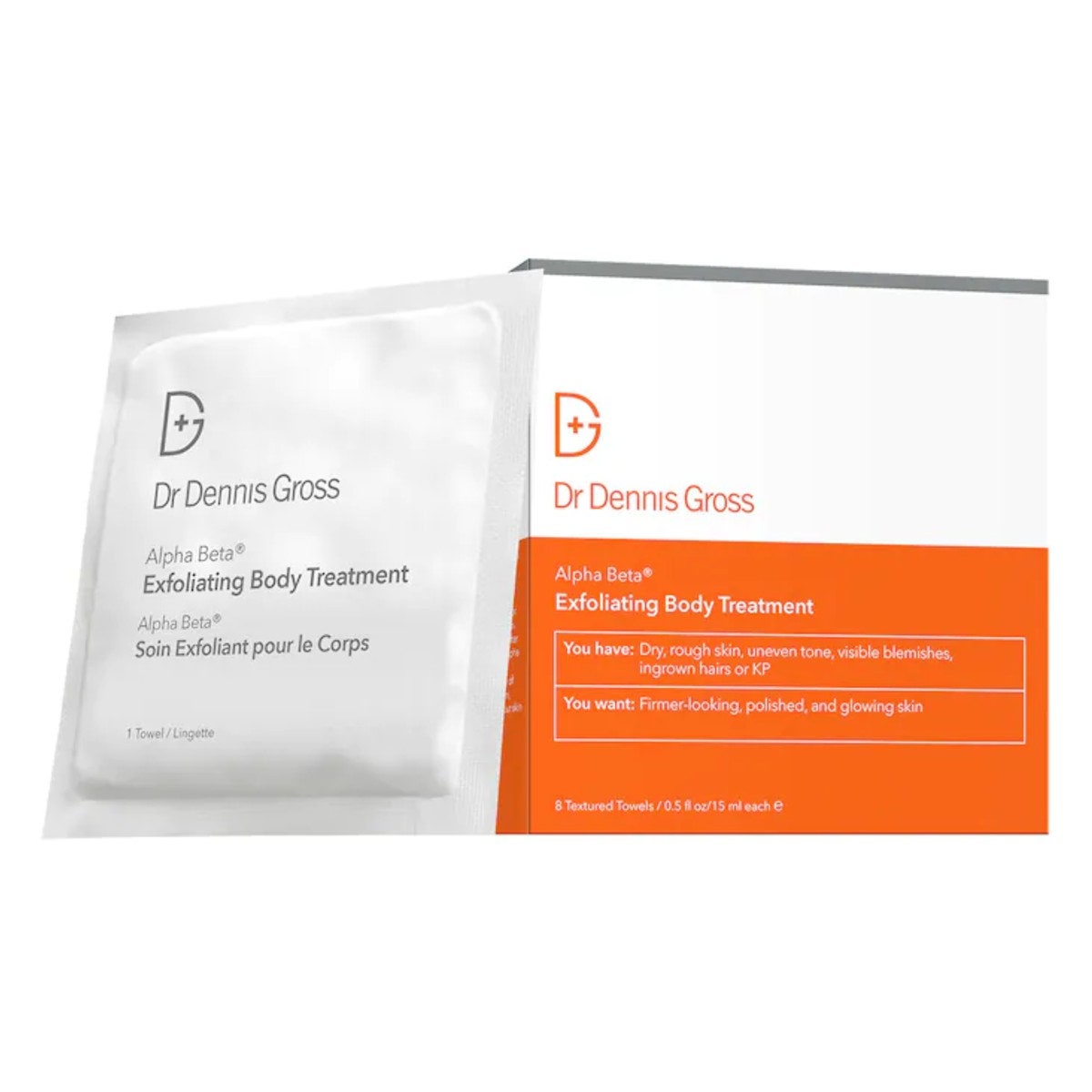
Dr. Dennis Gross Skincare Alpha Beta Exfoliating Body Treatment Peel
$58Sephora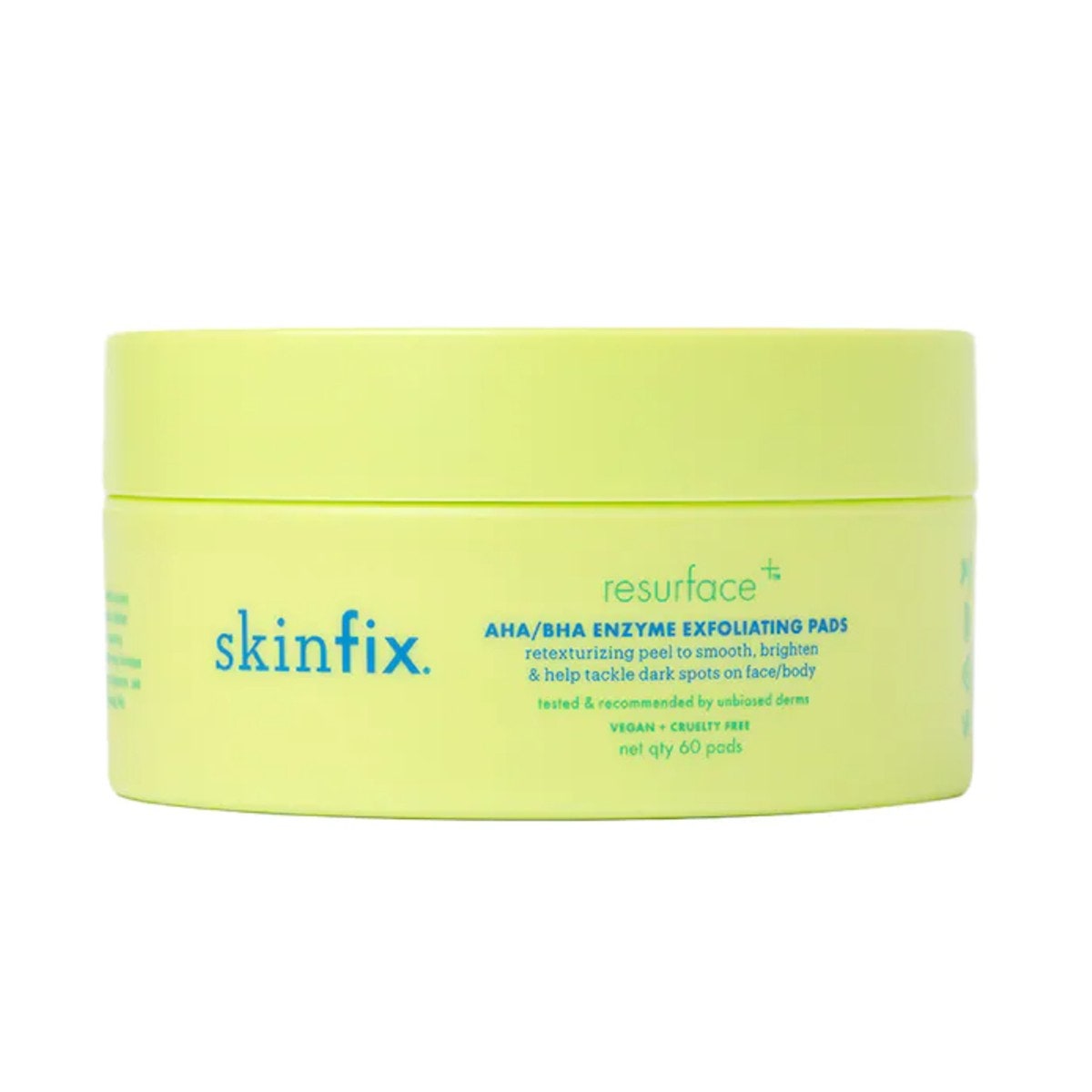
Skinfix Resurface+ AHA/BHA Enzyme Exfoliating Pads
$50Sephora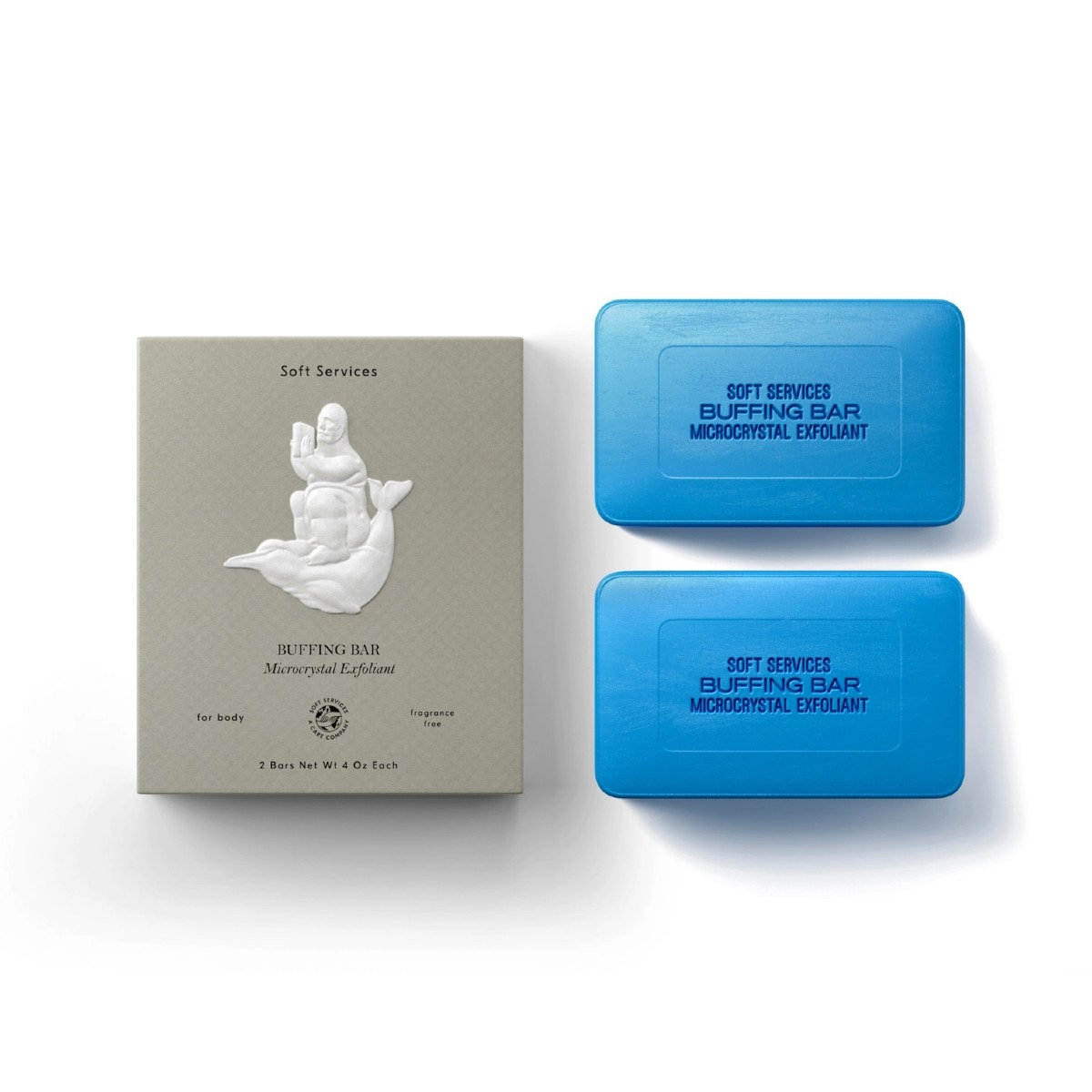
Soft Services Microcrystal Exfoliant Buffing Bar
$28Soft Services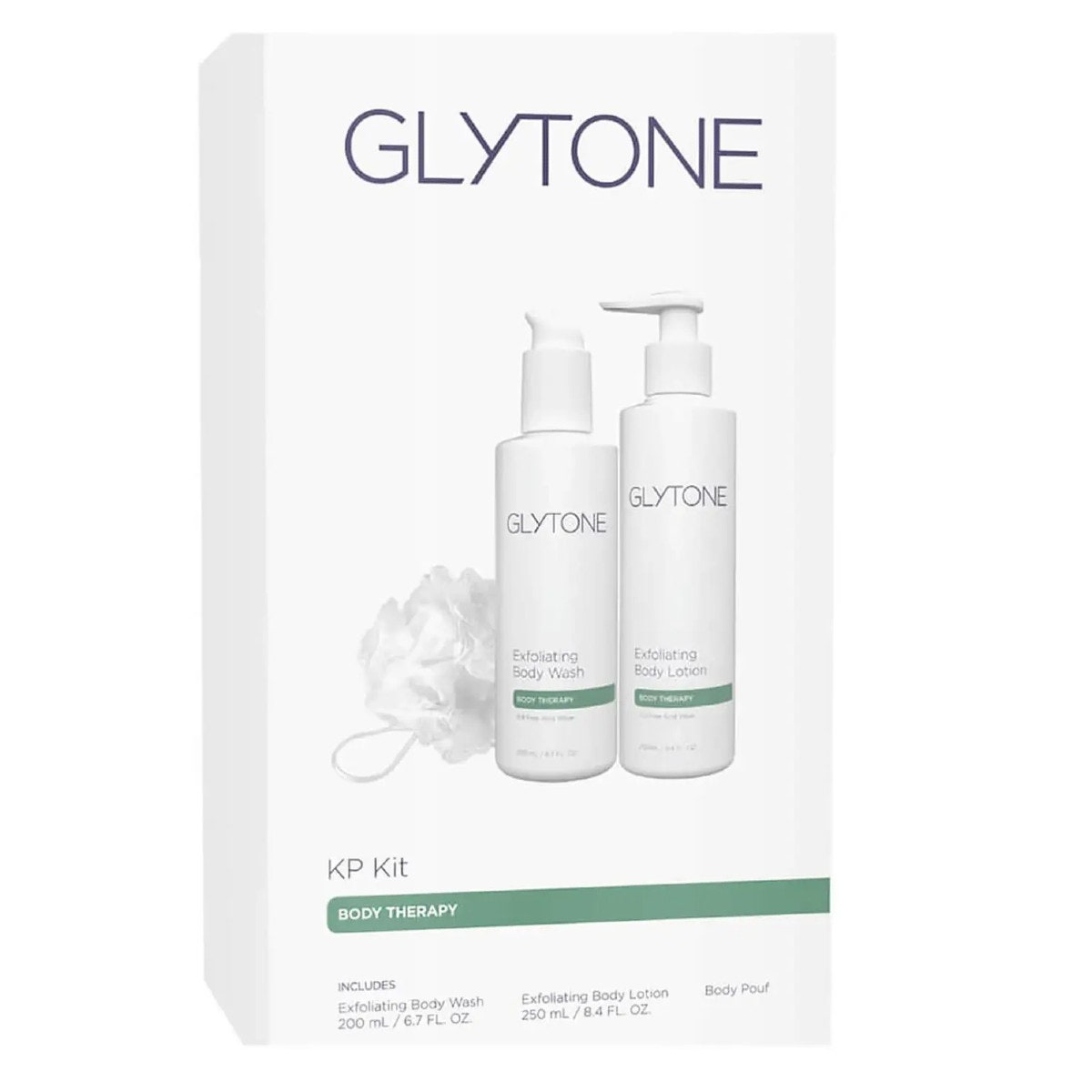
Glytone KP Kit
$68Dermstore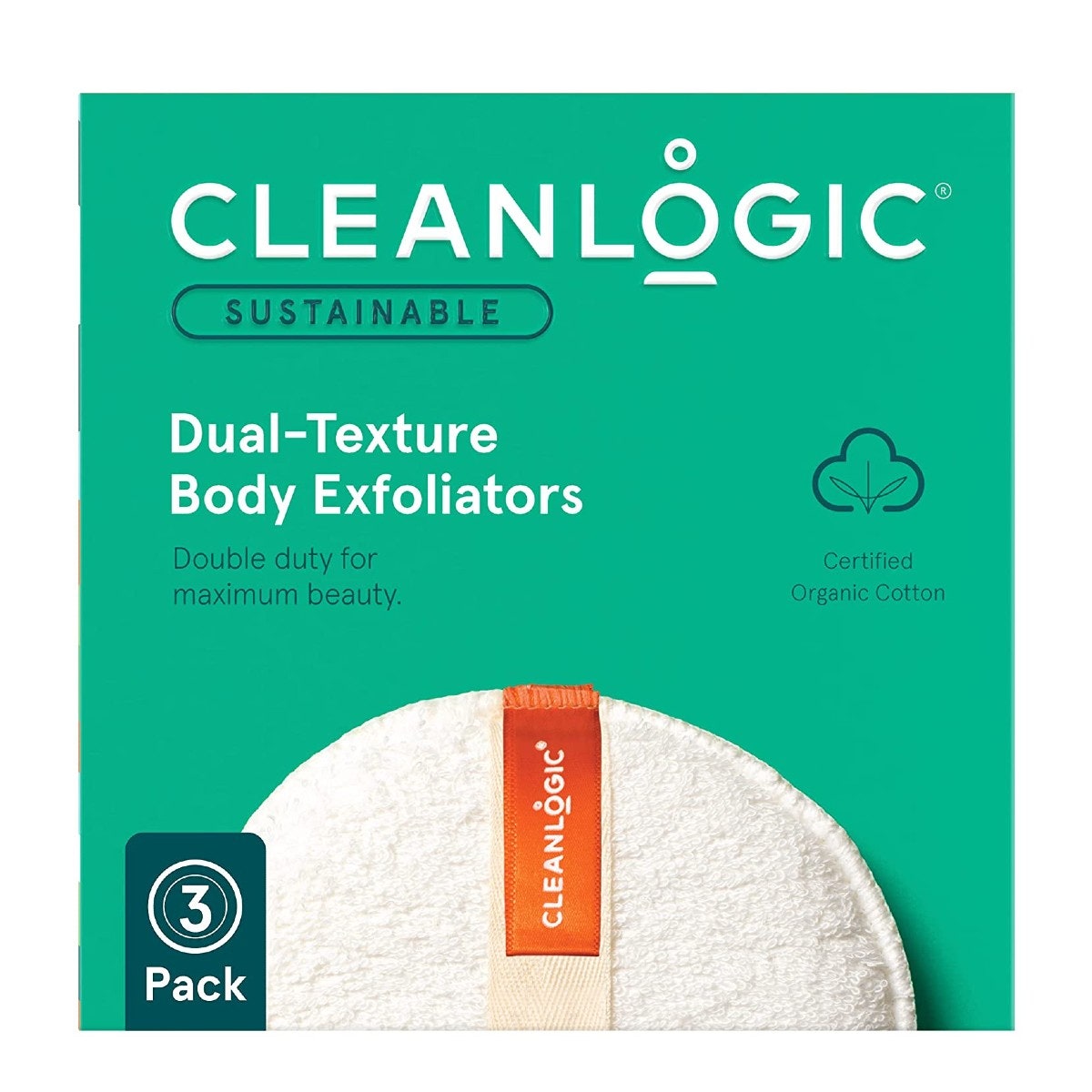
Cleanlogic Organic Cotton Round Dual-Texture Body Scrubber (Set of 3)
$24AmazonBest Keratosis Pilaris Treatments: Face Cleansers & Oil-Free Moisturizers
While keratosis pilaris typically shows up on the body, it can also appear on the face—typically in small clusters around the jawline. For daily cleansing, look for products with gentle exfolianting ingredients like lactic acid (which also acts as a humectant) to keep skin feeling fresh and dewy, rather than stripped. Hydration-wise, keep an eye out for products with oil-free ingredients like hyaluronic acid and squalane to moisturize without clogging pores. Squalane is particularly effective, Dr. Gross says, as it “mimics skin’s natural sebum structure, allowing it to penetrate completely and synthesize quickly without clogging pores.”
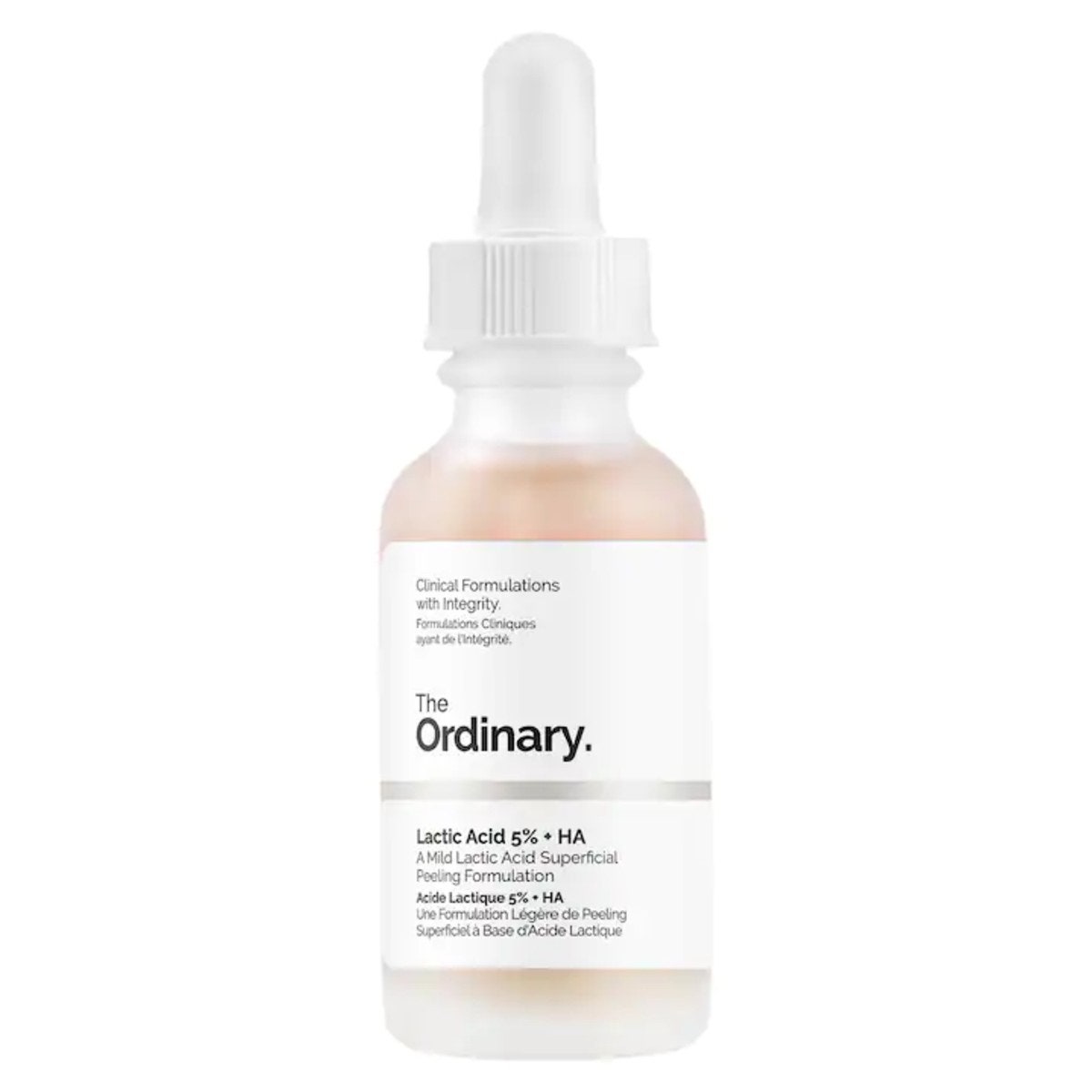
The Ordinary Lactic Acid 5% + HA
$7Sephora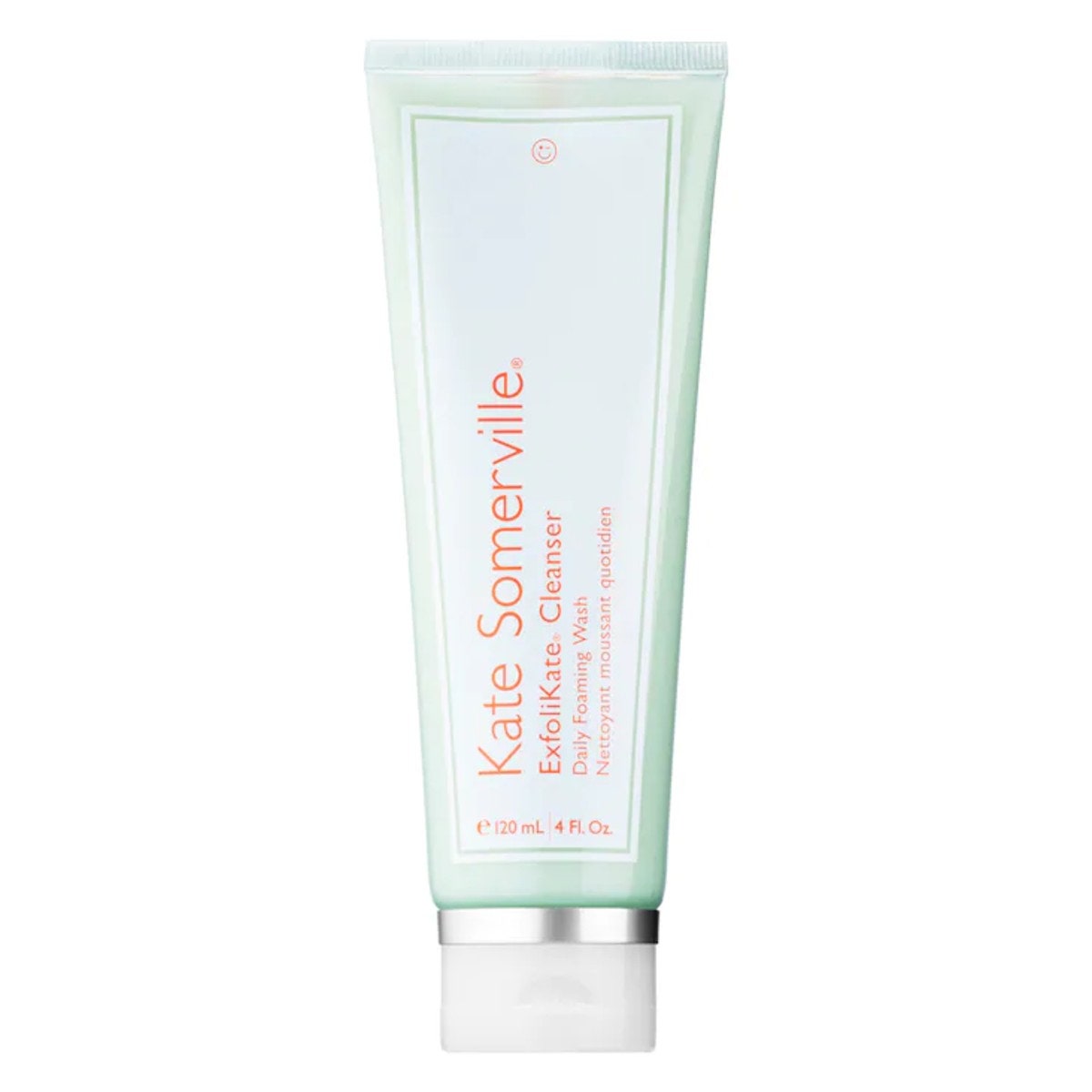
Kate Somerville ExfoliKate Cleanser Daily Foaming Wash
$40Sephora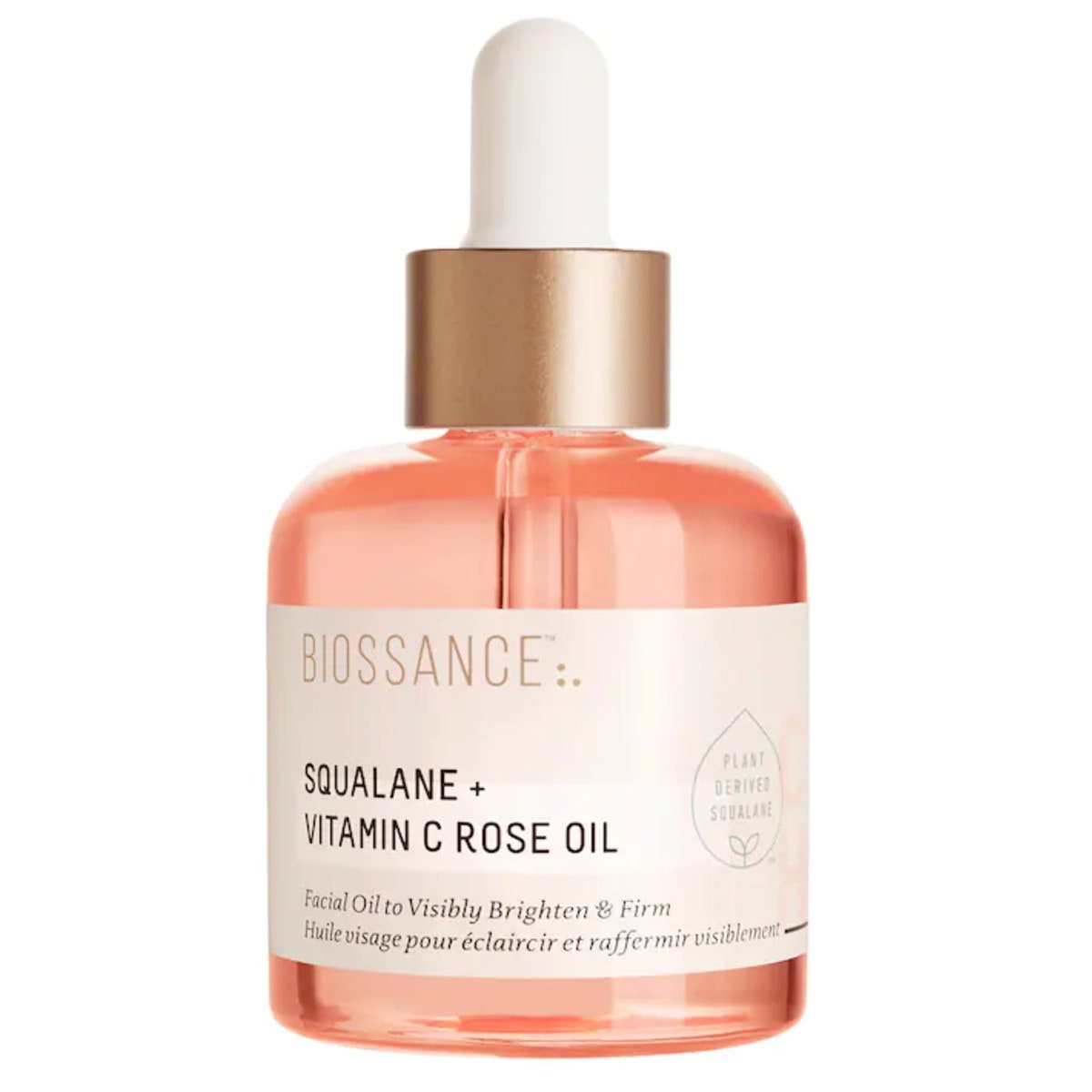
Biossance Squalane + Vitamin C Rose Oil
$72Sephora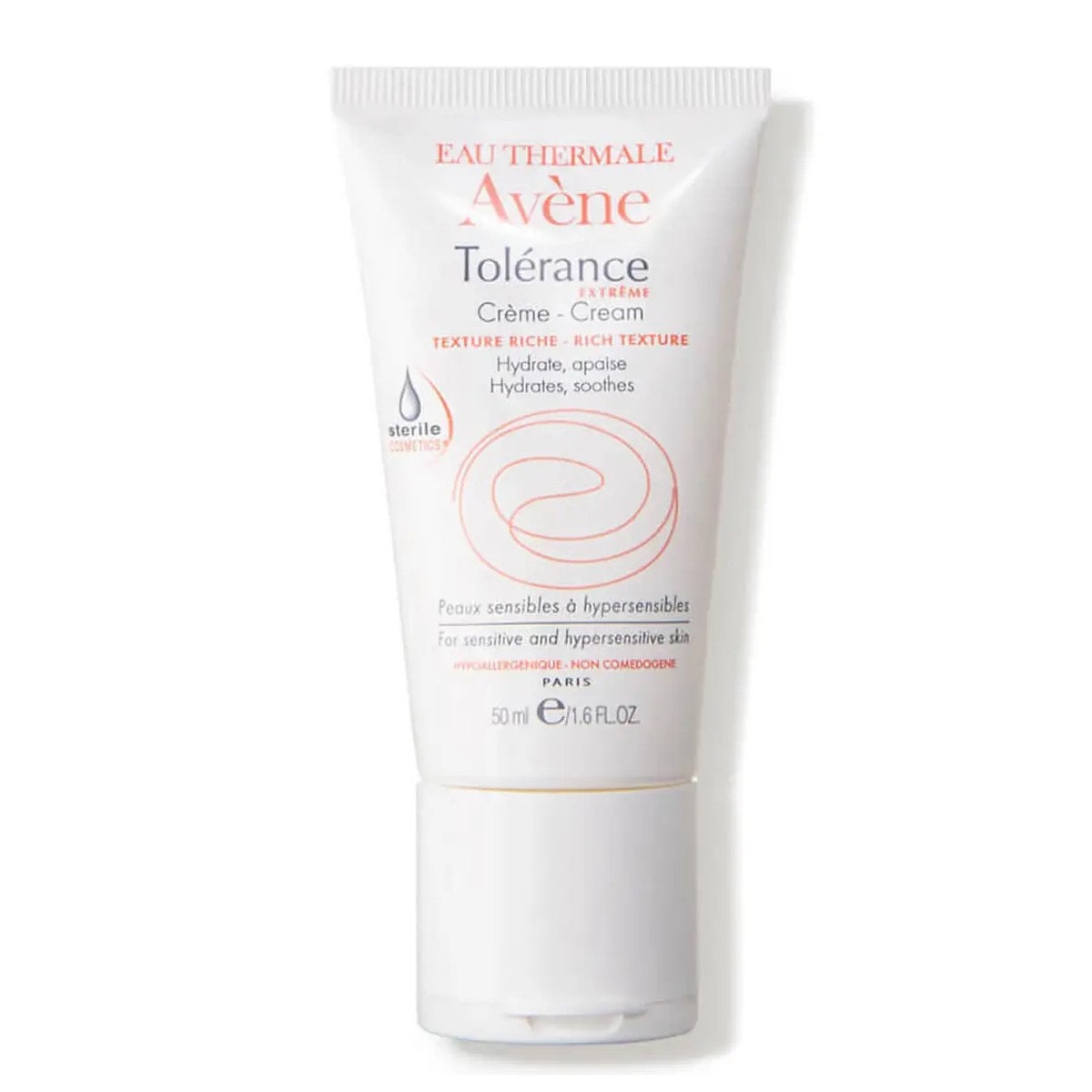
Avène Tolerance Extreme Cream
$38DermstoreThis story originally appeared on: Glamour - Author:Condé Nast



























